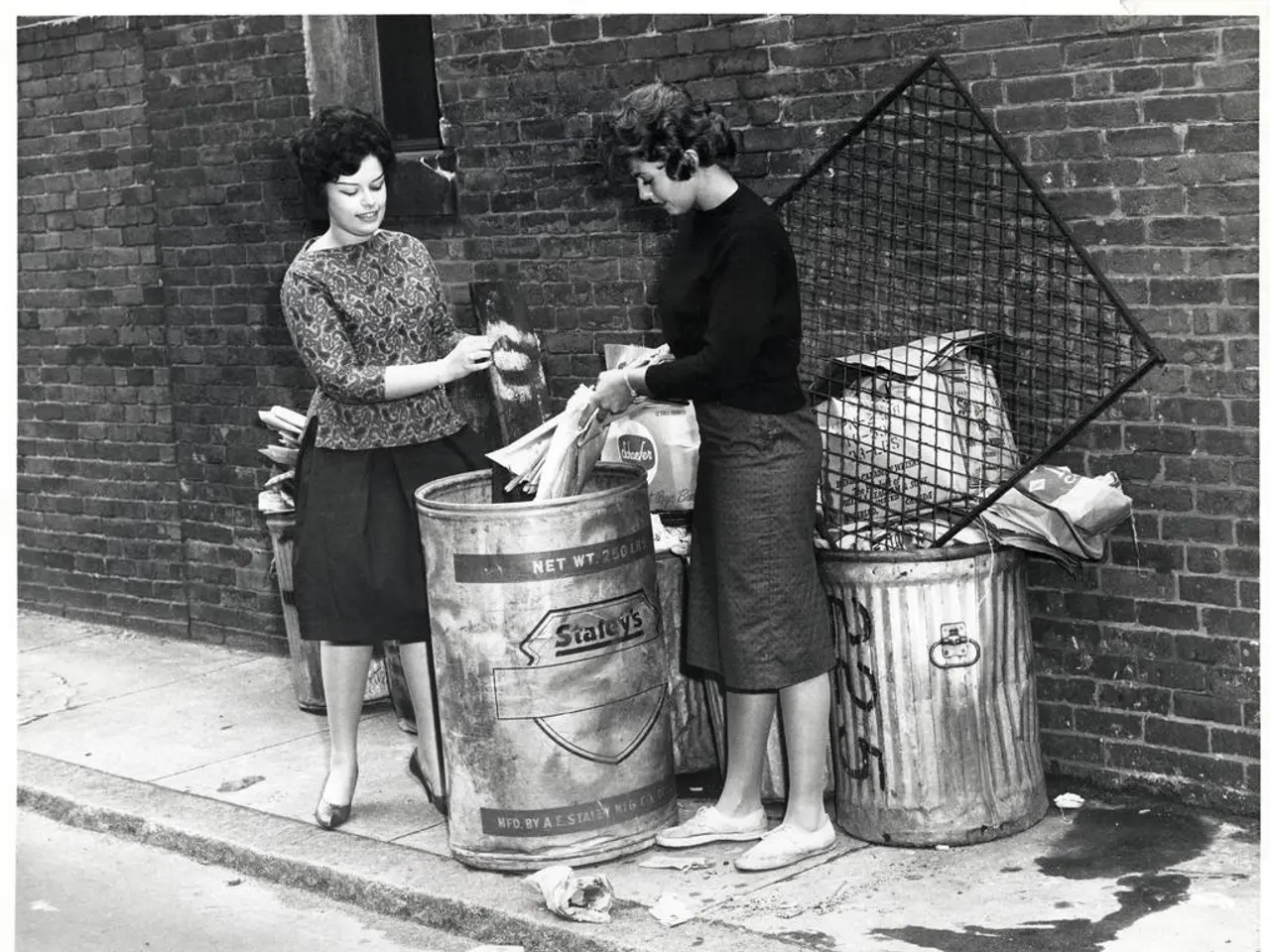City Green Spaces: Transforming Balconies and Backyards into Vibrant Gardens
Urban gardening is a growing movement that transforms cities into greener, more livable spaces. With the right tools and planning, everyone can participate in this eco-friendly project.
Getting Started
To get started with urban gardening, especially in small spaces, begin by acquiring basic gardening tools like a hand trowel, pruning shears, watering can, and garden gloves. Choose a good quality lightweight potting mix suitable for containers to optimize growth in limited soil volume.
Suitable Plants for Beginners and Advanced Gardeners in Small Spaces
For beginners, consider low-maintenance, quick-growing plants like basil, mint, parsley, lettuce, spinach, strawberries, and radishes. These have shallow roots and grow well in containers or vertical setups. Advanced urban gardeners can try more demanding plants that require attention but offer abundant yields and impressive growth, such as tomatoes, peppers, dwarf fruit trees, and edible flowers like nasturtiums.
Vertical Gardening Solutions
Vertical gardening is an excellent solution for optimizing small spaces. Use vertical container gardens by stacking, hanging, or mounting pots to create living walls, ideal for balconies and patios. Utilize trellises, wall-mounted planters, hanging baskets, or DIY setups with shelves or pallets. Plants on upper tiers benefit from more sun, while lower tiers offer shade and moisture suited to shade-tolerant plants. Install integrated drip irrigation or water frequently, since vertical gardens tend to dry out more quickly, especially at the top.
Tips for Success
Start small and use containers that fit your space. Group plants by sun and water requirements, especially in tiered or vertical setups. Protect your hands with gloves and use ergonomic tools to reduce fatigue and injury. Consider microclimates created by vertical gardens when choosing plants by tier level.
Community Gardens and Recycling
Community gardens are on the rise, fostering biodiversity and neighborhood cohesion. Recycling can be a big part of urban gardening, as old wooden crates, metal tubs, or discarded buckets can be converted into individual plant containers.
Urban Gardening Offers More Than Aesthetics
Urban gardening is more than an aesthetic project; it offers opportunities for growing fresh produce, fosters sustainability, resource conservation, and local food awareness, and strengthens social components. In Solingen and other cities, initiatives are emerging for citizens to collaborate on planting public spaces.
With these tips and plant choices, urban gardening is accessible for beginners while providing a scalable challenge for advanced gardeners interested in maximizing small spaces vertically and horizontally. Special substrates and herb mixes provide a good foundation for growth. Self-watering plant pots or drip irrigation systems can ensure plants are well-cared for during absence. Every space, including balconies, backyards, and windowsills, can be transformed into a green oasis with the right planning.
- To elevate your small home-and-garden and contribute to a greener lifestyle, consider urban gardening, which not only beautifies spaces but also offers edible produce and environmental benefits.
- Start your urban gardening journey with suitable plants and setups, like low-maintenance herbs for beginners or vertical gardening solutions for small spaces, and explore more options as your lifestyle evolves.




